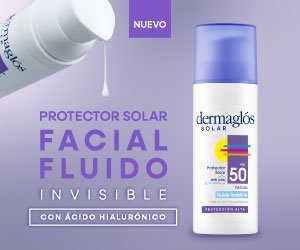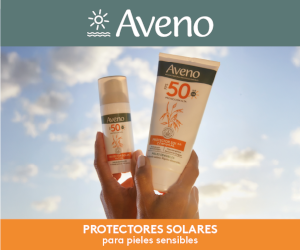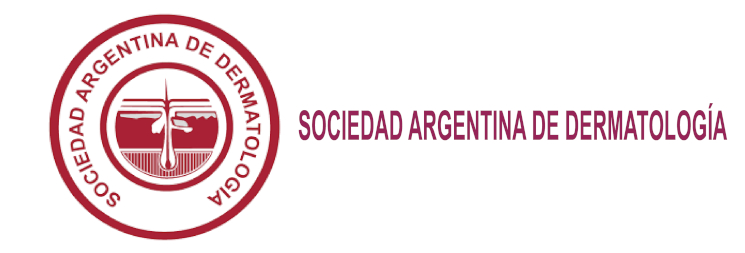Periorificial dermatitis in children
Resumen
Abstract
Periorificial dermatitis is a recurrent papulopustular eruption located in perioral, perinasal, or periocular regions, and seldom in vulvar area. It has been described in association with the use of topical or inhaled corticosteroids, moisturizing creams, fluoride toothpastes, topical antibiotics, sun blockers, among other agents.
Objective: To describe clinical presentation, association with the use of topical or inhaled corticosteroids, and treatment in patients with periorificial dermatitis.
Material and Method: Descriptive, retrospective study at the Pediatric Dermatology Section of Hospital Ramos Mejía.
Results: A total of 48 patients with diagnosis of periorificial dermatitis were evaluated between 1986 and 2008. Sixty percent of the cases
were female. Average age was 8.4 years. Most frequent location was perioral (41.7 percent), followed by perioral and perinasal location (25 percent). Only 4 patients had perivulvar lesions, 3 of them without previous use of corticosteroids. Use of topical or inhaled corticosteroids
was observed in 66.6 percent of patients for an average period of 2 years. Most cases received metronidazole and erythromycin as topical, systemic, or combined treatment.
Conclusion: Higher incidence of periorificial dermatitis was observed in association with the use of topical and inhaled corticosteroids. Inhaled
corticosteroids were associated with perioral and perinasal locations. Perivulvar location was not associated with the use of corticosteroids.
Lesions appeared earlier with the use of topical corticosteroids.
(Dermatol Argent 2009; 15(4):267-271).
Key words: periorifi cial dermatitis, perioral dermatitis, steroids.
Descargas
Publicado
Número
Sección
Licencia
El/los autor/es tranfieren todos los derechos de autor del manuscrito arriba mencionado a Dermatología Argentina en el caso de que el trabajo sea publicado. El/los autor/es declaran que el artículo es original, que no infringe ningún derecho de propiedad intelectual u otros derechos de terceros, que no se encuentra bajo consideración de otra revista y que no ha sido previamente publicado.
Le solicitamos haga click aquí para imprimir, firmar y enviar por correo postal la transferencia de los derechos de autor












